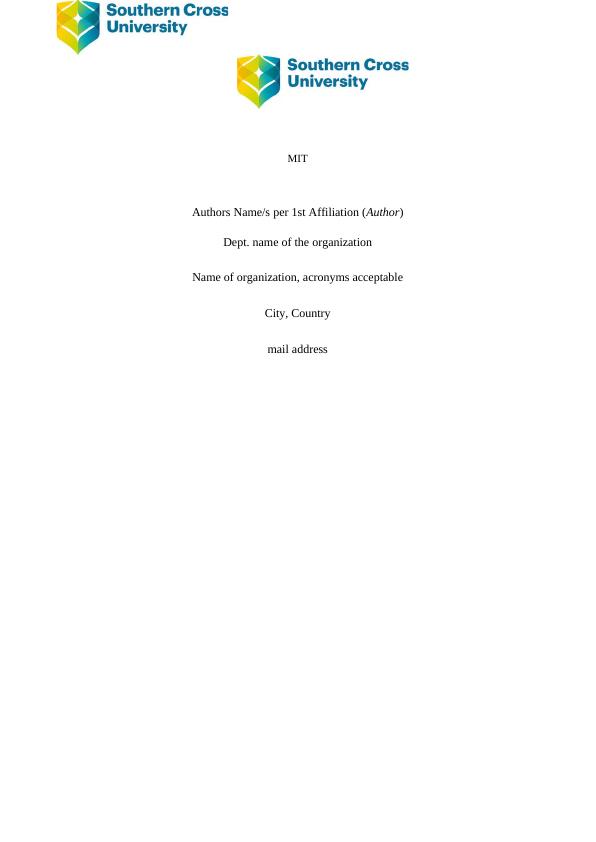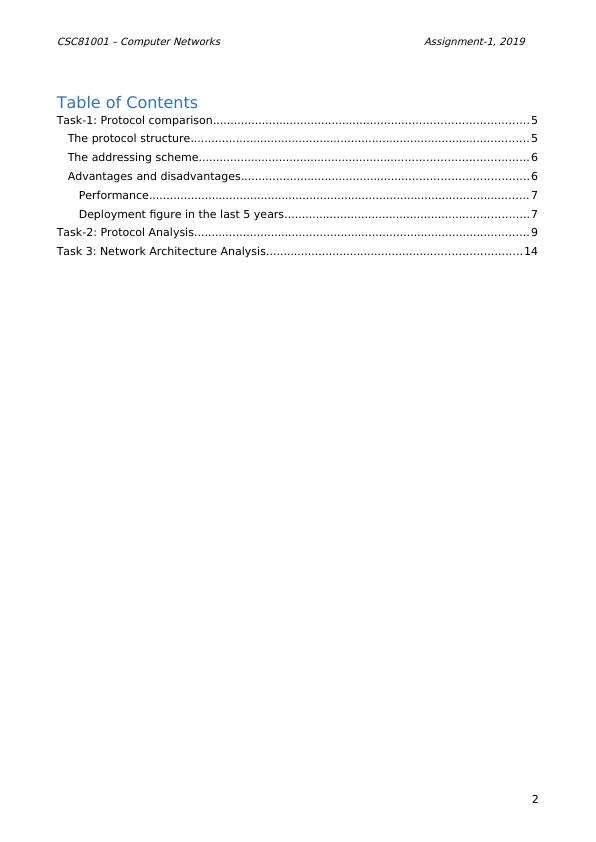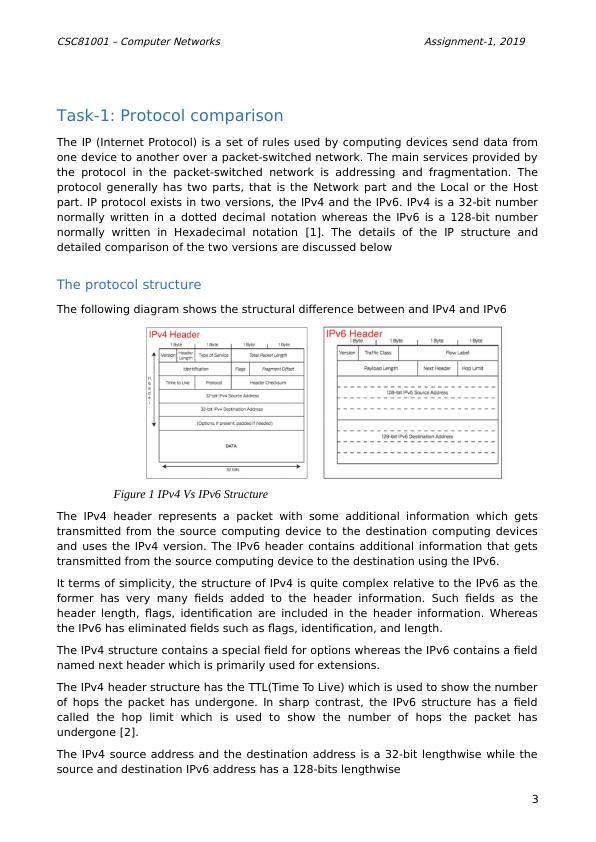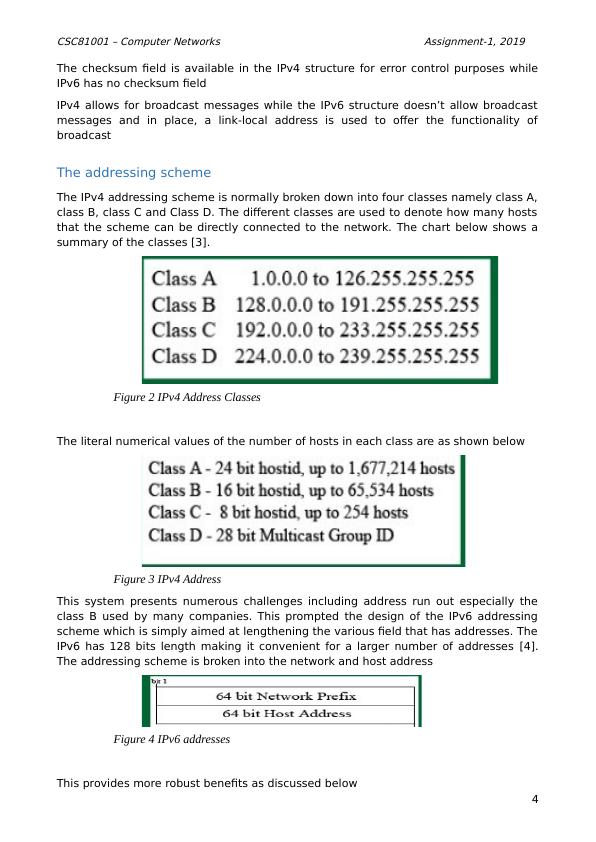CSC81001: Computer Networks Assignment 2022
Comparison and analysis of IPv4 and IPv6 protocols, and network traffic analysis.
13 Pages1941 Words20 Views
Added on 2022-09-23
CSC81001: Computer Networks Assignment 2022
Comparison and analysis of IPv4 and IPv6 protocols, and network traffic analysis.
Added on 2022-09-23
ShareRelated Documents
End of preview
Want to access all the pages? Upload your documents or become a member.
Intermediate Computer Networking: Part B
|9
|2022
|441
IPv6 - Internet Protocol Version 6
|6
|1327
|112
Intermediate Computer Networking: IPv6 Sub-netting and Routing Mechanism
|10
|2311
|170
IPv6: The Better Internet Protocol Version
|11
|2266
|31
Communication Networks - Assignment 1 Solutions
|6
|642
|484
Fundamental of Computer System
|11
|2560
|288




